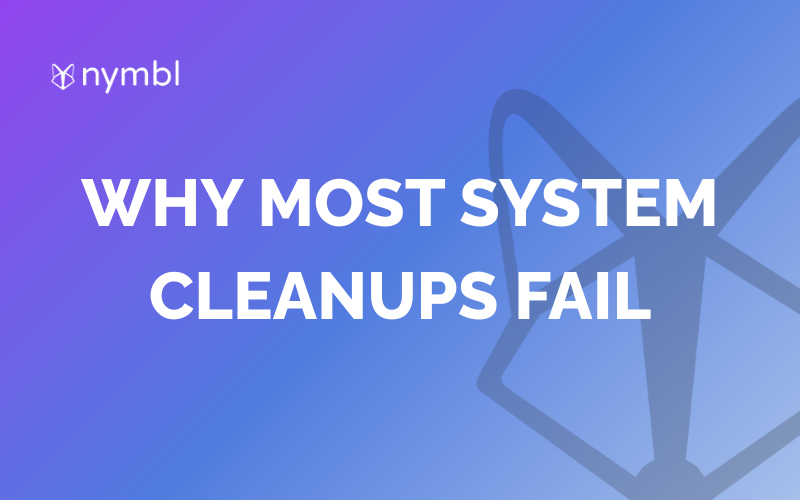As a developer, you want your app to perform seamlessly without any lags or glitches. However, this can be challenging, especially when developing with Flutterflow. Flutterflow is a powerful platform for building mobile and web applications, but it can also be a memory hog. In this blog post, we'll explore some tips to help you optimize your app's performance and minimize its memory usage in Flutterflow.
Use Stateless Widgets
Flutterflow has two types of widgets: stateless and stateful. Stateless widgets are simpler and require less memory because they don't have any mutable state. In contrast, stateful widgets have mutable state, and each time a stateful widget is updated, the app's memory usage increases. Therefore, it's best to use stateless widgets where possible.
Use ListView.builder Instead of ListView
ListView is a powerful widget that can be used to display lists of data. However, if your list contains a lot of items, using ListView can cause performance issues. Instead, use ListView.builder, which only creates widgets for the items that are visible on the screen, thereby minimizing memory usage.
Avoid Using Too Many Images
Images can take up a lot of memory, so it's best to use them sparingly. Instead of using too many images, consider using icons or vector graphics where possible. Also, try to reduce the image resolution to the minimum required for display, as this will reduce the memory usage.
Use the Flutter DevTools
Flutter DevTools is a powerful tool that can help you analyze your app's performance and memory usage. It can help you identify memory leaks, find performance bottlenecks, and optimize your app's performance. Use it regularly to ensure that your app is performing optimally.
Remove Unused Packages and Libraries
If your app includes unused packages or libraries, it can increase its memory usage unnecessarily. Therefore, it's essential to remove any packages or libraries that you're not using.
Use Code Splitting
Code splitting is a technique that involves breaking up your app's code into smaller chunks and loading them only when needed. This technique can help reduce the app's memory usage because it loads only the code that's required at the moment.
Conclusion
Optimizing your app's performance and minimizing its memory usage is essential for providing your users with a seamless experience. By following the tips outlined in this blog post, you can ensure that your app is running efficiently and smoothly. Remember to use stateless widgets where possible, use ListView.builder instead of ListView, avoid using too many images, use the Flutter DevTools to analyze your app's performance, remove unused packages and libraries, and use code splitting to reduce memory usage.






.png)


